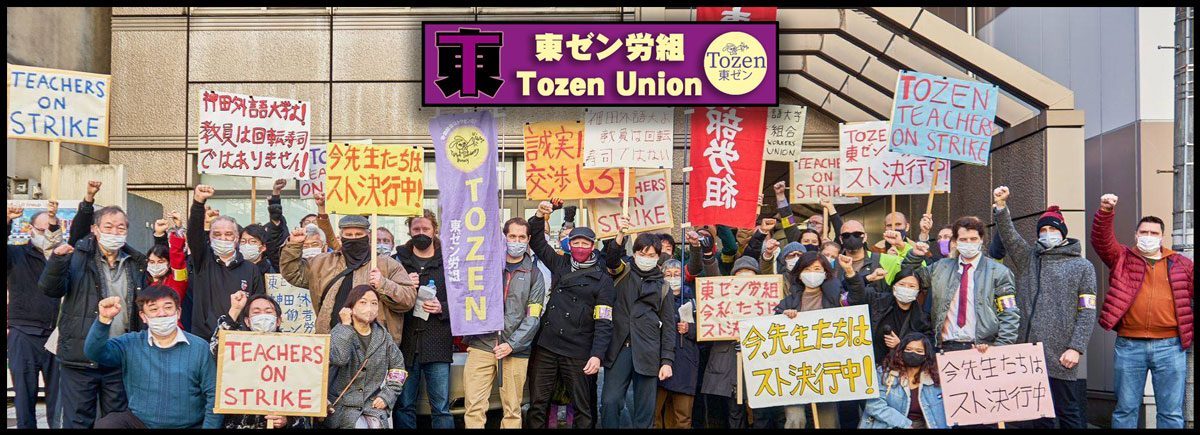Japan plans to increase the length of stay for long-term visa holders who have Japanese-language ability, Foreign Minister Masahiko Komura said today.
The government may expand the period of stay for foreigners who know Japanese to five years from three, Komura told reporters at a briefing in Tokyo today. Non-Japanese who use the language in their work, such as flight attendants, may face easier entry requirements, he said.
“This is to relax regulations, not to tighten them,” said Komura. “We will never deny those who were previously accepted to Japan simply because of their lack of Japanese ability.”
Today’s announcement came as Japan’s population of 127.7 million is projected to drop 4 percent by 2020. Japan currently allows only skilled foreign workers and descendants of Japanese immigrants in Latin America to work in Japan as well as Asian trainees who often perform low-paid labor.
A study group of the Foreign Ministry and the Justice Ministry, set up in January, recommended in an interim report released today that the government expand the maximum period of stay for foreigners with a basic level of Japanese-language proficiency. The Justice Ministry issues one-year and three-year visas, which can be extended.
The level of proficiency required to receive an extended visa won’t be high, according to a Foreign Ministry official who briefed reporters today on condition of anonymity. The details of the level of proficiency and how to measure ability have yet to be decided. The Justice Ministry may submit a bill to revise the immigration law in the parliament session that will start January 2009, he said.
The number of foreign residents in Japan has steadily increased to 2.1 million in December 2006, or 1.63 percent of the population, the latest available statistics, according to the Ministry of Justice Web site. In contrast, overseas-born residents comprise 12 percent of the population in the U.S.
http://www.bloomberg.com/apps/news?pid=20601101&sid=aUKfPI1P0OAQ&refer=japan
